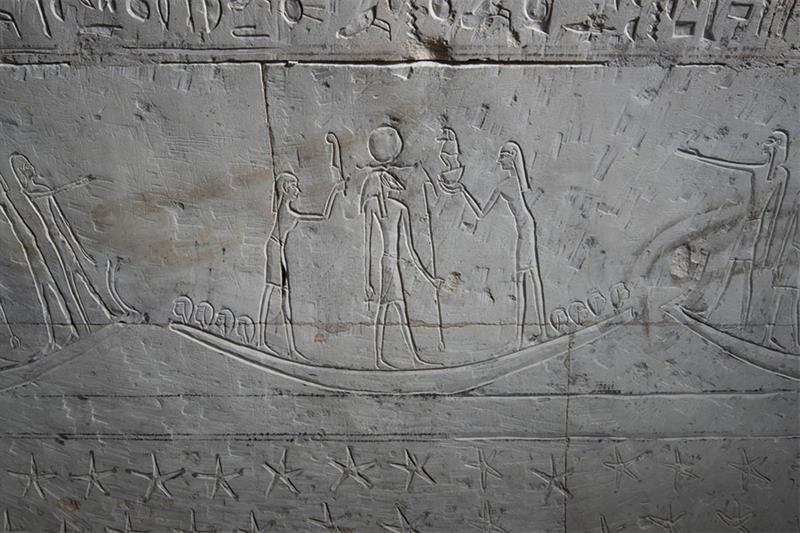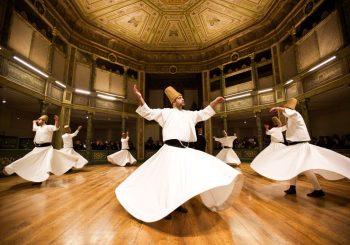An archaeological mission from the Czech Institute of Egyptology at Charles University’s Faculty of Arts has successfully unearthed the tomb of a royal scribe dating back to the Late Period (6th-5th centuries BC) in the Abusir Necropolis in Giza.
Mostafa Waziri, Secretary General of the Supreme Council of Antiquities, revealed that evidence supporting the tomb’s existence was first found in May in the cemetery for high-ranking officials and military commanders from the 26th and 27th Dynasties.
“These shaft tombs represent a type of tomb specific to this era and were created by the ancient Egyptian elites in imitation of the tomb of King Djoser, the founder of the famous Old Kingdom of the pyramid-building era of the 3rd millennium BC,” he stated.
Miroslav Verner, the mission’s director, pointed out that the tomb’s upper part was destroyed in antiquity, but the burial chamber 14 meters underground was still intact.
Adorned with elaborate texts and scenes, the burial chamber is intricately decorated. The northern wall specifically features a lengthy sequence of spells to ward off snake bites.
“Interestingly, the snakes mentioned in them were, on the one hand, considered dangerous, but on the other hand, they acted as powerful protectors of the deceased and his mummy,” Marcel Bárta, an archaeologist with the Czeck mission, explained.
Ladislav Bareš, who coordinated Czech excavations at Abusir for more than two decades, stated that Djehutyemnakht, the tomb’s owner, held the office of a royal scribe.
This discovery, along with others like the large-scale shaft tomb of General Wahibrameryneith, contributes to understanding historical changes in Egypt during the turbulent 6th-5th centuries BC.
The burial chamber’s southern and western walls showcase ritual offerings and a large stone sarcophagus bearing hieroglyphic inscriptions and depictions of gods.
“Anthropological analysis of the skeletal remains, undertaken by leading Egyptian experts, has shown that Djehutyemnakht died at a relatively early age, around 25 years old,” Mohamed Megahed, deputy director of the Czech mission, said to Ahram Online.
He clarified that the analysis indicates noticeable signs of spinal wear, likely attributed to sedentary work and revealed the presence of severe osteoporosis in the skeleton.
This latter observation raises the possibility that he may have had familial ties to other individuals in this burial complex, where instances of this disease, like the owner of the neighboring tomb Iufaa, have also been identified.






Comment (1)
[…] post Czech Mission in Egypt Unearths the Tomb of a Late-Period Royal Scribe first appeared on Egyptian […]